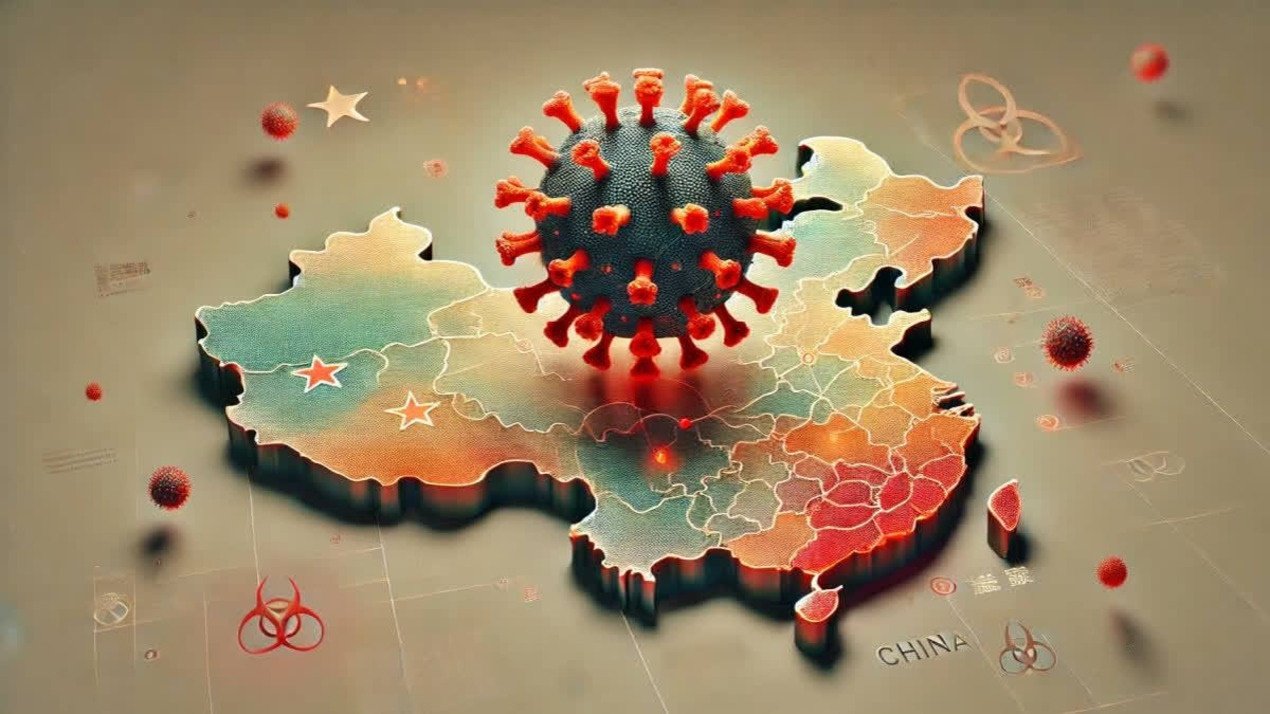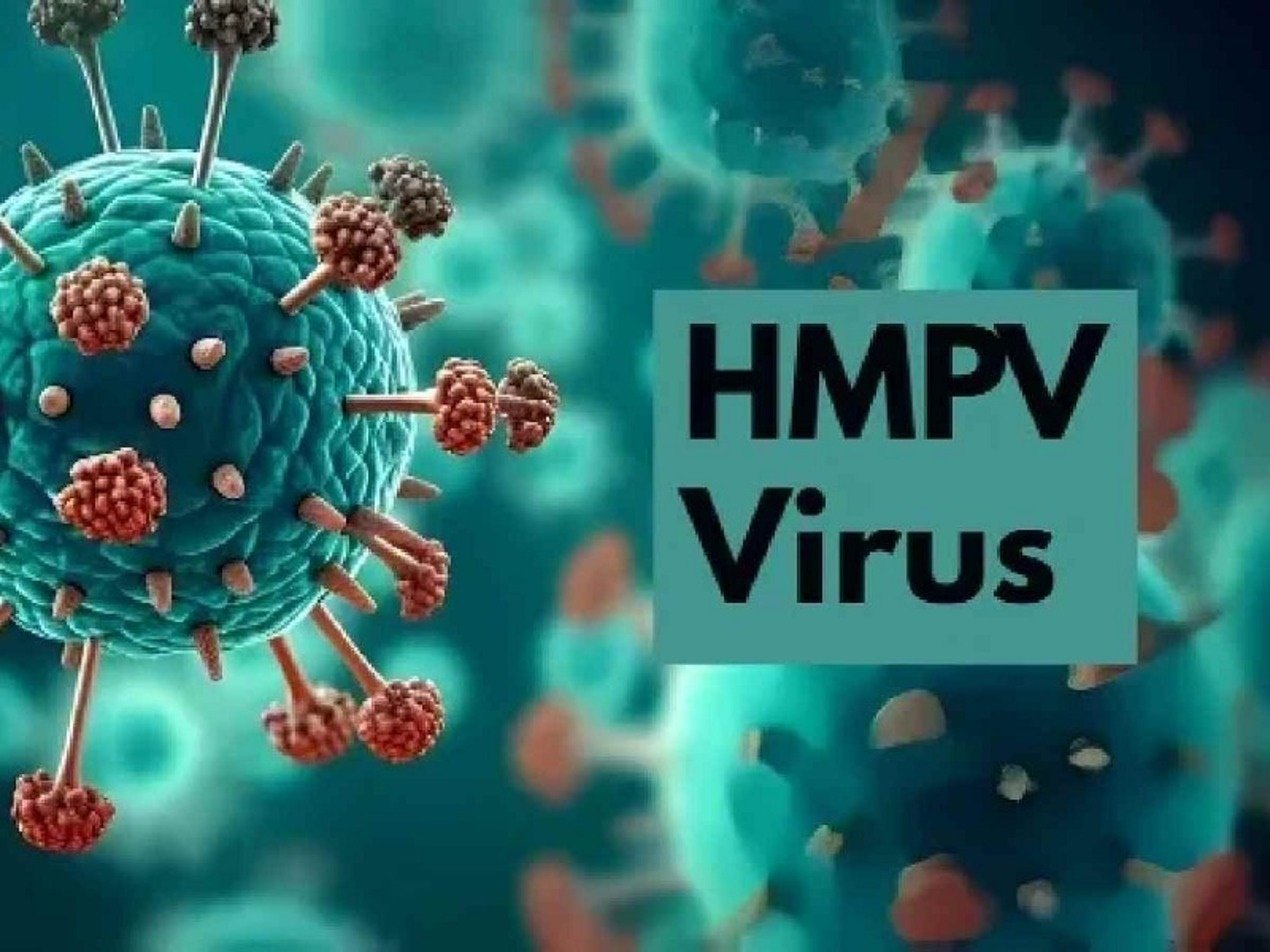Understanding the Human Metapneumovirus (HMPV): A Comprehensive Overview
In the realm of respiratory infections, the Human Metapneumovirus (HMPV) has emerged as a significant player. Despite being less recognized compared to viruses like influenza or SARS-CoV-2, HMPV is a critical pathogen responsible for a considerable burden of respiratory illnesses worldwide. First identified in 2001, HMPV has since been studied extensively, shedding light on its structure, transmission, and impact on human health. This article explores the origins, characteristics, and implications of HMPV, aiming to raise awareness about this underappreciated virus.
What is HMPV?
HMPV belongs to the family Paramyxoviridae, a group of viruses known for causing respiratory infections. It is closely related to the Respiratory Syncytial Virus (RSV) and shares many clinical features with it. HMPV primarily affects the respiratory tract, leading to a spectrum of illnesses ranging from mild colds to severe pneumonia and bronchiolitis.

Origins and Discovery
The discovery of HMPV in the Netherlands in 2001 marked a significant milestone in virology. Researchers identified the virus while studying archived respiratory samples collected from children with unexplained respiratory illnesses. Genetic analysis revealed that HMPV had been circulating in humans for decades before its identification, likely originating from avian species through zoonotic transmission.
Structure and Characteristics
HMPV is an enveloped RNA virus with a negative-sense, single-stranded genome. Its structure is similar to other Paramyxoviridae members, featuring surface glycoproteins essential for viral entry and immune evasion. These glycoproteins include the fusion (F) protein, which facilitates viral entry into host cells, and the attachment (G) protein, which helps the virus bind to target cells. The genetic variability of these proteins contributes to the virus’s ability to evade immune detection and establish infections.
Transmission and Epidemiology
HMPV spreads primarily through respiratory droplets, direct contact with contaminated surfaces, and close personal contact. It is highly contagious, particularly in settings like households, schools, and healthcare facilities. Seasonal in nature, HMPV infections tend to peak during late winter and early spring, coinciding with other respiratory viruses like RSV and influenza.
The virus affects individuals across all age groups but poses the greatest risk to infants, young children, the elderly, and immunocompromised individuals. Studies estimate that nearly all children are exposed to HMPV by the age of five, with reinfections occurring throughout life due to incomplete immunity.

Clinical Manifestations
HMPV infections range from asymptomatic to severe respiratory illnesses. Common symptoms include:
- Mild Cases: Runny nose, cough, sore throat, and fever.
- Moderate Cases: Wheezing, difficulty breathing, and prolonged cough.
- Severe Cases: Bronchiolitis, pneumonia, and respiratory failure requiring hospitalization.
In severe cases, HMPV can exacerbate underlying conditions such as asthma, chronic obstructive pulmonary disease (COPD), and heart disease. Coinfections with other respiratory pathogens, including RSV and influenza, can further complicate clinical outcomes.
Diagnosis
Diagnosing HMPV involves a combination of clinical evaluation and laboratory testing. Due to its overlapping symptoms with other respiratory viruses, definitive diagnosis requires specialized tests such as:
- Polymerase Chain Reaction (PCR): A highly sensitive method for detecting HMPV RNA in respiratory samples.
- Antigen Detection: Tests that identify viral proteins in respiratory secretions.
- Serology: Measuring antibodies against HMPV in blood samples to confirm recent or past infections.
Rapid and accurate diagnosis is crucial for implementing appropriate management strategies and preventing the spread of the virus.
Treatment and Management
Currently, there is no specific antiviral treatment for HMPV. Management focuses on supportive care, which includes:
- Hydration: Maintaining fluid balance to prevent dehydration.
- Oxygen Therapy: Providing supplemental oxygen for patients with severe respiratory distress.
- Symptomatic Relief: Using medications like antipyretics and bronchodilators to alleviate fever and wheezing.
In severe cases, mechanical ventilation may be required to support breathing. For immunocompromised patients, passive immunotherapy using monoclonal antibodies is being explored as a potential treatment option.
Prevention Strategies
Preventing HMPV infections involves general measures to reduce the transmission of respiratory viruses:
- Hand Hygiene: Frequent handwashing with soap and water or using hand sanitizers.
- Respiratory Etiquette: Covering the mouth and nose while coughing or sneezing.
- Avoiding Close Contact: Minimizing interactions with sick individuals, especially during peak seasons.
- Disinfection: Regular cleaning of frequently touched surfaces.
Research into vaccines against HMPV is ongoing. Promising candidates targeting the F protein have shown potential in preclinical and early clinical trials. A licensed vaccine could significantly reduce the burden of HMPV-associated illnesses, particularly in vulnerable populations.
Public Health Impact
HMPV is a significant contributor to the global burden of respiratory diseases. Studies estimate that it accounts for 5-10% of all respiratory tract infections, with higher rates in children and the elderly. In developing countries, where access to healthcare is limited, HMPV poses a substantial risk, contributing to morbidity and mortality from lower respiratory tract infections.
In healthcare settings, outbreaks of HMPV can lead to increased hospital admissions and strain on resources. Surveillance systems and awareness campaigns are essential to monitor and mitigate the impact of HMPV, particularly during seasonal peaks.
Challenges and Future Directions
Despite significant advancements in understanding HMPV, several challenges remain:
- Limited Awareness: HMPV is often overshadowed by more well-known respiratory viruses, leading to underdiagnosis and underreporting.
- Lack of Specific Therapies: The absence of targeted antiviral treatments highlights the need for continued research and development.
- Vaccine Development: While promising, vaccine candidates face hurdles related to efficacy, safety, and production.
Future efforts should focus on enhancing diagnostic capabilities, advancing vaccine research, and promoting public health initiatives to combat HMPV effectively.
The Role of Global Collaboration
Addressing the challenges posed by HMPV requires a concerted effort from the global scientific and medical community. Collaborative research initiatives, funding for vaccine development, and public awareness campaigns are essential to mitigate the virus’s impact. Lessons learned from combating other respiratory viruses can inform strategies to address HMPV and improve outcomes for affected populations.
Insights into Seasonal Trends
Understanding the seasonal patterns of HMPV can help in better preparation and response. Research indicates that HMPV often overlaps with RSV and influenza, creating a “triple threat” during winter months. This co-circulation of viruses poses diagnostic challenges and can exacerbate outbreaks, especially in high-density settings like schools and nursing homes. Enhanced surveillance during these periods can provide valuable data for predicting and managing outbreaks.
The Role of Technology in HMPV Research
Advancements in genomic sequencing and bioinformatics have revolutionized the study of viruses like HMPV. Researchers can now analyze genetic variations in HMPV strains, leading to a deeper understanding of its evolution and virulence. These insights are critical for designing effective vaccines and therapies. Additionally, artificial intelligence (AI) and machine learning are being employed to predict outbreak patterns and identify high-risk groups, enabling targeted interventions.
Addressing Inequalities in Healthcare Access
The global impact of HMPV is uneven, with developing countries bearing the brunt of its consequences. Limited access to healthcare, diagnostic tools, and vaccines exacerbates the burden of respiratory infections in these regions. International organizations and governments must work together to bridge these gaps, ensuring equitable distribution of resources and advancements. Community-based initiatives, such as mobile clinics and awareness campaigns, can play a pivotal role in reaching underserved populations.
Conclusion
The Human Metapneumovirus is a significant yet underappreciated cause of respiratory illnesses worldwide. Its ability to affect individuals across all age groups, coupled with its seasonal nature and potential for severe outcomes, underscores the importance of heightened awareness and proactive measures. As research advances, the development of effective treatments and preventive strategies will pave the way for better management of HMPV, ultimately reducing its global burden.
By understanding and addressing the challenges posed by HMPV, we can ensure a healthier future for communities worldwide, reinforcing the importance of vigilance and innovation in the fight against respiratory viruses.
